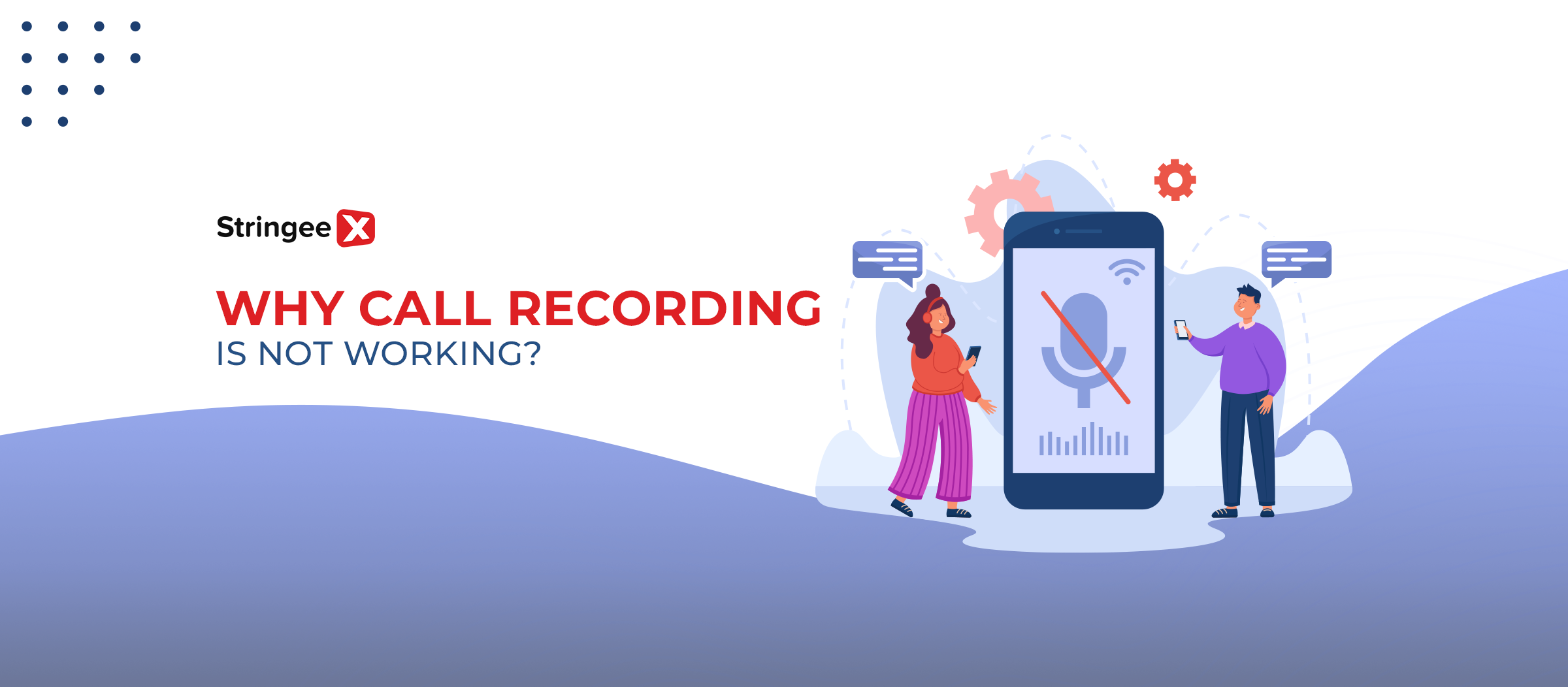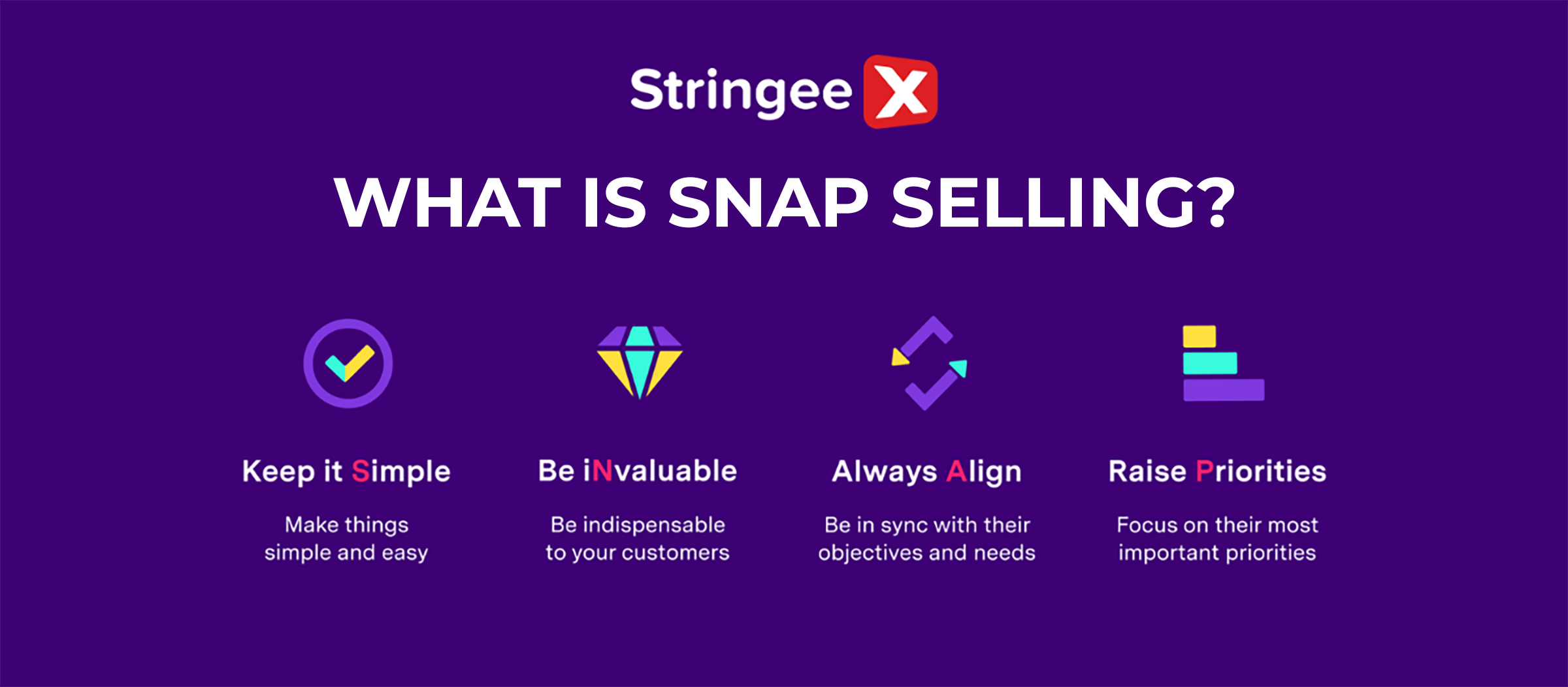Introduction
Call recording is a pivotal tool for quality assurance and compliance in customer service. However, a common dilemma persists: "Why call recording is not working"
This article delves into the intricacies of this pressing issue, uncovering the technical glitches, regulatory hurdles, and operational challenges hindering seamless call recording practices.
Common Reasons Why Call Recording Is Not Working
Inadequate Or Outdated Hardware/Software
Consider a scenario where many contact centres across India rely on legacy telephone systems or outdated Private Branch Exchanges (PBXs).
These older systems may not have built-in call-recording capabilities or might not be compatible with modern call-recording software. As a result, agents may need help to record calls or encounter frequent technical glitches, leading to incomplete or missing recordings.
Source: Forbes
Another culprit may be the use of outdated computer hardware or operating systems. Call recording software often requires specific system requirements, such as a certain amount of processing power, memory, and storage capacity.
Sometimes, the issue may stem from using outdated or unsupported software. Software vendors regularly release updates and patches to address bugs, improve performance, and add new features.
Solution:
Indian businesses need to prioritize regular hardware and software upgrades. Investing in modern and scalable telephone systems, robust computer hardware, and up-to-date call-recording software can significantly improve the reliability and performance of call-recording operations.
Proper maintenance, regular software updates, and proactive monitoring can also help identify and resolve potential issues before they escalate and disrupt customer service operations.
Compatibility Issues With Telephony Systems
Compatibility issues with telephony systems can be a significant reason. Many call centres in India use diverse telephony systems, ranging from traditional landlines to Voice over Internet Protocol (VoIP) solutions. However, not all call recording software is compatible with these varied systems.
For instance, if a call centre upgrades to a new VoIP system without ensuring compatibility with its existing call recording software, it can lead to recording failures or incomplete recordings.
Similarly, recordings can be distorted or unintelligible if the software does not support specific telephony protocols or codecs used by the telephony system.
Solution:
Indian businesses must carefully evaluate and test the compatibility between their telephony systems and call recording solutions before implementing them. Regular communication with vendors and thorough testing in a controlled environment can help identify potential compatibility issues early on.
Maintaining up-to-date software and hardware components and adhering to vendor-recommended configurations can mitigate compatibility challenges and ensure seamless call-recording operations.
Network Connectivity Problems
Reliable and stable network connections are crucial for the smooth operation of call recording systems. Issues with network connectivity can lead to various disruptions and failures in the call recording process.
Many customer service centres, especially in remote or rural areas, may experience slow or unreliable internet connections. This can cause interruptions in transmitting call data to the call recording system, resulting in incomplete or missing recordings.
Source: Bionic
Network security measures, such as firewalls or intrusion detection systems, can also inadvertently interfere with the network connectivity required for this feature.
Solution:
Indian companies must ensure robust and reliable internet connections and adequate bandwidth and network infrastructure within their premises.
Regular monitoring and maintenance of network components, such as routers, switches, and cables, can help identify and resolve potential connectivity issues before they impact call recording operations.
Collaborating with network administrators and vendors can also help identify and resolve network-related issues affecting call recording performance.
Incorrect Configuration Or Setup
Call recording software typically needs to be configured to capture audio from the correct sources, such as telephone lines, VoIP channels, or agent headsets.
Suppose these settings are incorrect or mismatched with the actual hardware or software being used. In that case, no audio can be recorded, or recordings can capture the wrong audio sources, rendering them useless.
Incorrect integration happens between the call recording software and other systems, such as Customer Relationship Management (CRM) or telephony systems.
It can result in data synchronization errors, missing metadata, or failures to associate recordings with the appropriate customer or agent information.
Solution:
Indian companies should ensure thorough and meticulous attention to detail during the installation and configuration.
Following vendor-provided guidelines, conducting comprehensive testing in a controlled environment, and involving experienced technicians or consultants can help identify and rectify configuration errors before they impact live operations.
Additionally, implementing robust change management processes, documenting configurations, and providing adequate training to administrators and support staff can help minimize the risk of human errors and ensure consistent and reliable call recording operations.
Insufficient Storage Capacity
Call recordings, especially in high-volume environments, can consume substantial storage space. If the storage infrastructure is not adequately sized or managed, it can lead to various issues and failures in the operation.
One typical example of insufficient storage capacity in India is when customer service centres experience rapid growth in call volumes or customer interactions. As the number of incoming and outgoing calls increases, the storage requirements for call recordings also grow proportionately.
If the existing storage systems are not designed to accommodate this growth, they may quickly become overwhelmed, resulting in call recordings being truncated, corrupted, or even lost due to a lack of available storage space.
In some cases, the issue of insufficient storage capacity may arise due to the use of outdated or inefficient storage technologies.
Solution:
Businesses should implement scalable and robust storage solutions. This may involve investing in high-capacity storage systems, such as network-attached storage (NAS) or storage area networks (SANs), which can provide ample space for call recordings and accommodate future growth.
Additionally, implementing effective data management strategies, including data deduplication, compression, and archiving, can help optimize storage utilization and ensure that call recordings are adequately retained and accessible when needed.
Lack Of Proper Training And Knowledge
Let's consider a common scenario: A call centre invests in advanced call recording software but fails to provide adequate training to its staff on how to use it effectively.
For example, if call centre agents are not trained to initiate call recordings, review recorded calls, or troubleshoot common issues, they may inadvertently fail to capture important interactions or encounter difficulties accessing recorded files.
Source: Timedoctor
This can result in incomplete or inaccurate recordings, undermining the overall effectiveness of the call recording system. Furthermore, insufficient knowledge about the system's features and capabilities can also hinder its optimal usage.
Best Practices And Recommendations
Integrating Call Recording with Other Systems
In India, where customer service centres often face staffing and resource management challenges, integrating call recording with workforce management tools (CRM) can be particularly beneficial.
This integration enhances efficiency by eliminating the need for manual recording and data entry, allowing agents to focus on serving customers rather than administrative tasks. Additionally, it improves data accuracy and completeness by ensuring that all relevant customer interactions are recorded and stored within the CRM system.
Additionally, integrating call recording with quality monitoring and coaching tools can streamline the process of evaluating agent performance and providing targeted feedback.
Supervisors can easily access relevant call recordings, assess adherence to scripts and protocols, and identify areas for improvement or commendation. This integration can facilitate more effective coaching sessions, enhance agent skills and improve customer service delivery.
Continuous Monitoring and Improvement
In the dynamic Indian market, customer preferences and regulatory requirements constantly evolve. Continuously monitoring call recording processes allows businesses to promptly identify potential issues or areas for improvement.
For example, if a customer service centre notices an increase in complaints related to incomplete or missing call recordings, they can quickly investigate the root cause, whether a technical issue, agent error, or a process gap, and take corrective actions before the problem escalates.
Regular monitoring also enables businesses to stay ahead of technological advancements and industry trends. As new technologies or features become available, proactive monitoring can help identify opportunities to enhance existing systems or adopt new solutions that better meet the organization's needs.
This agility can be particularly valuable in the rapidly evolving Indian market, where businesses must adapt quickly to remain competitive.
Adopting Cloud-based Call Recording Solutions
Opting for a cloud-based platform can be an excellent solution for businesses seeking an optimized option. One such recommendation is StringeeX, a cloud-based contact centre solution that seamlessly integrates call recording functionality.
One key benefit of a cloud-based call recording platform is its scalability and flexibility. Cloud-based solutions allow businesses to scale their call recording capabilities up or down seamlessly based on their evolving needs.
This on-demand scalability ensures that businesses can accommodate fluctuations in call volumes, staff changes, or business growth without being constrained by physical infrastructure limitations.
By leveraging StringeeX's cloud-based contact centre with integrated call recording functions, businesses can benefit from a comprehensive, unified solution that streamlines their customer service operations.
Source: LinkedIn
The integration of call recording with other contact centre features, such as interactive voice response (IVR), automatic call distribution (ACD), and customer relationship management (CRM) systems, can provide a seamless and efficient experience for agents and customers alike.
Final Thought
In conclusion, call recording challenges in the Indian customer service segment highlight the critical need for proactive solutions. From technical glitches to regulatory hurdles, understanding why call recording is not working is paramount for businesses to enhance their operations.
With a strategic approach to addressing these issues, Indian companies can elevate their customer service standards, drive operational efficiency, and, ultimately, deliver exceptional customer experiences.










